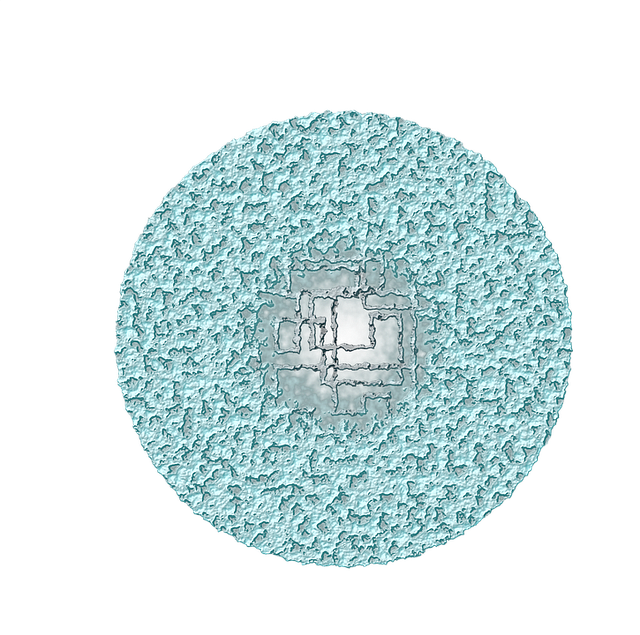Muscle soreness after exercise is a natural adaptive response to resistance training caused by microscopic tears in muscle fibers. Effective management requires understanding triggers like intense, prolonged or frequent workouts without adequate recovery time or poor posture. Holistic health practices, including balanced wellness routines with proper hydration and nutrition, are vital alongside strategies like targeted exercises and warm/cool-down routines for safe post-workout relief. While kratom can aid in muscle soreness, its potential hair loss side effects don't have a direct link to its mechanism of action; personalized workouts remain key for effective and safe management, distinguishing them from kratom's potential risks.
Experience lingering muscle soreness? Discover the ultimate guide to alleviating discomfort with customized workout plans. We delve into the science behind muscle soreness and explore natural remedies like Kratom, delving into its benefits and safety. Learn how tailored fitness routines can target specific areas of tension for lasting relief. Say goodbye to aches and pains—empower yourself with knowledge on managing soreness effectively, without resorting to harsh treatments, including those that may cause hair loss like certain Kratom uses.
- Understanding Muscle Soreness and Its Causes
- The Role of Kratom in Managing Soreness: A Comprehensive Look
- Crafting Personalized Workout Routines for Effective Relief
Understanding Muscle Soreness and Its Causes

Muscle soreness is a common post-exercise experience, often characterized by discomfort and tightness in the affected muscles. It typically peaks 24 to 72 hours after physical activity and usually subsides within a week. Delving into its causes, muscle soreness arises from microscopic tears in muscle fibers during intense workouts. These micro-tears are part of the body’s natural response to resistance training, as they prompt adaptive changes that lead to increased muscle strength and growth over time. However, understanding the causes of muscle soreness is crucial for effective management, especially when considering strategies like customized workout plans.
While exercise is generally beneficial for overall health, certain activities or improper techniques can exacerbate muscle soreness. For instance, sudden increases in training intensity, duration, or frequency can overwhelm the body’s ability to repair and adapt, leading to prolonged discomfort. Moreover, inadequate recovery time between workouts or poor posture during exercises might contribute to excessive soreness. Interestingly, some substances like kratom, despite its various uses, have been linked to potential hair loss, which is a separate concern but underscores the importance of holistic health considerations in overall wellness routines, including workout regimens.
The Role of Kratom in Managing Soreness: A Comprehensive Look

Kratom, a natural herb with a growing popularity in wellness circles, has garnered attention for its potential benefits in managing muscle soreness. Often used as a natural pain reliever, kratom interacts with opioid receptors in the brain and body, offering relief from chronic pain and inflammation. Its active compounds, mitragynine and 7-hydroxymitragynine, have anti-inflammatory properties that can help reduce muscle tension and discomfort associated with soreness.
Contrary to some beliefs, kratom does not cause hair loss directly. While it’s important to note that individual experiences may vary, extensive research has not established a definitive link between kratom consumption and alopecia or hair thinning. However, proper hydration and a balanced diet are crucial when incorporating any new supplement into your routine, as these factors also play significant roles in maintaining overall health, including hair health.
Crafting Personalized Workout Routines for Effective Relief

Crafting personalized workout routines is key to effectively alleviating muscle soreness. Each individual’s body responds uniquely to physical activity, and their specific needs should guide their exercise regimen. A tailored plan considers factors like current fitness level, previous injuries, and any underlying health conditions. It involves a blend of targeted exercises focusing on sore areas, alongside full-body movements to promote blood flow and reduce stiffness. By understanding how the body works and incorporating knowledge about muscle groups affected by soreness, one can design workouts that provide targeted relief without exacerbating issues.
Kratom, while sometimes used for its potential pain-relieving effects, is not a cure-all and should not be the primary focus when addressing muscle soreness. It’s important to remember that kratom can have adverse side effects, including hair loss, which isn’t directly linked to relieving muscle soreness. Instead, focusing on personalized exercise routines, proper warm-up and cool-down techniques, adequate hydration, and sufficient rest allows for safe and effective management of post-workout discomfort.
In conclusion, tailored workout plans and the strategic use of natural remedies like kratom can significantly alleviate muscle soreness. By understanding the root causes, from physical activity to delayed-onset muscle soreness (DOMS), individuals can effectively manage discomfort and speed up recovery. While kratom has shown promise in pain management, it’s crucial to note that excessive use may lead to side effects, including potential hair loss. Therefore, a balanced approach combining targeted exercises and mindful supplementation is key for achieving lasting relief without compromising overall health.














